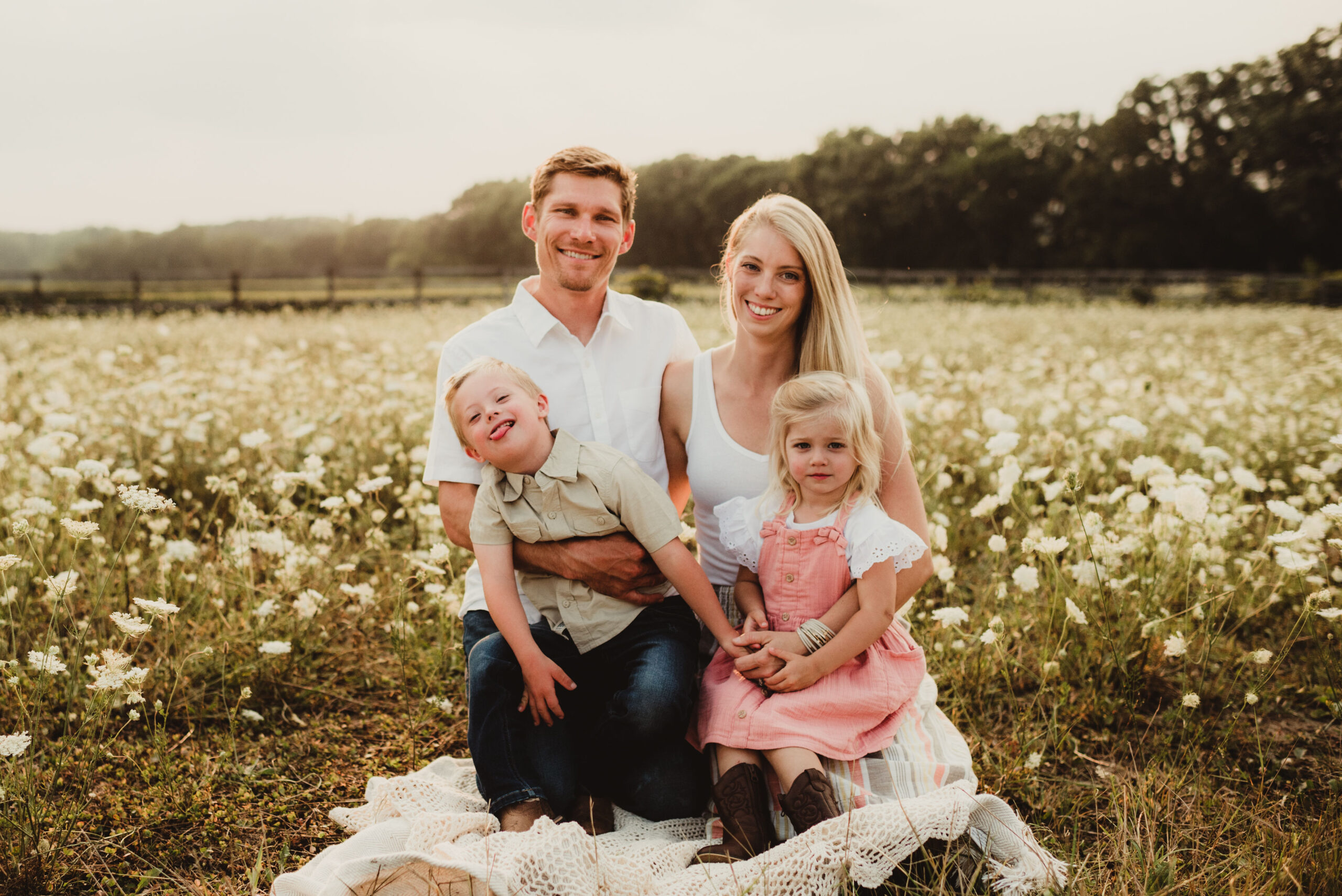Part 1 – The Beginning of Our Mold Story: Life Before Mold

We bought our home in 2014, just a few months before our wedding—what we now look back on as the beginning of our life before mold. Nestled on five acres of mature oak trees and wildflowers, it even came with an old antique farm tractor left behind by the previous owner—an unexpected charm that made the place feel like ours from the start. The house was a classic fixer-upper: solid bones, updated windows and siding, and bathrooms that had been remodeled not long before. The rest—outdated finishes and cosmetic flaws—felt manageable. We were handy, eager, and full of hope.
In those first few years of marriage, we soaked in the joy of building a life together from the ground up. Life had a simple, satisfying pace. We were active and healthy—running together, biking downtown, hiking local trails, and spending weekends tackling home projects. Over time, we transformed our space with new flooring, fresh paint, updated woodwork, and lighting that reflected our style. It wasn’t perfect, but it was becoming ours.
In 2016, we welcomed our first child, Nolan. He was an incredible blessing, born with a diagnosis of Down Syndrome—a journey in itself that we’ll share another time. His nursery was a labor of love, complete with a shiplap accent wall and artwork we made ourselves. Our days revolved around outdoor play, home therapy sessions, and quiet joy under the oak trees.
In 2018, our daughter Brooklyn was born. From the start, she was a peaceful presence—gentle, observant, and full of quiet spark. As a toddler, she was content to follow Nolan’s lead, toddling barefoot through the grass, reaching for wildflowers or books, or simply watching the breeze move through the trees. Her giggles filled our home, and her presence brought a softness to our days—a gentle reminder to slow down and savor the little things. Even at that young age, she thrived in the calm, loving home we had created.
Those were days of wonder—sticky hands, sun-drenched afternoons, and a house that felt alive with love and possibility. Looking back, it’s hard to believe that mold was already taking root behind the walls, silently waiting to unravel the life we so deeply cherished.
A Glimpse Into Our Life Before Mold
Photos here: Include images of the house exterior, nursery, outdoor swing, and family snapshots that reflect the warmth and hope of those early years.
When Life Felt Settled
By early 2020, everything seemed to be falling into place. Our landscaping business was thriving, and we were proud of the outdoor spaces we created for others. At home, weekends were filled with projects, playtime with the kids, and gatherings with family and friends. The house still had its quirks, but it was ours—constantly evolving and filled with memories.
We dreamed big—raising chickens, expanding our garden, making travel plans as a family. It felt like we were on the cusp of something really beautiful. The hard work we had poured into our home and our lives had started to flourish. We had no reason to believe anything was wrong. But quietly, mold had already begun changing everything.
Quiet Warnings We Didn’t Understand
By then, mold had already taken hold in our home—but we didn’t know it. There were no musty smells. No telltale spots. Nothing to suggest danger. So, we kept living as usual, unaware of what was silently growing around us.
What many people don’t realize is that mold doesn’t always make itself obvious. According to the U.S. Environmental Protection Agency, mold can grow behind walls, under floors, or in hidden corners where moisture is present—even when there are no visible signs or odors.¹ That’s what makes it so dangerous. It can remain completely undetected while slowly compromising the air you breathe and the health of those inside. And it’s not just older homes—sometimes even new construction can fall victim to mold if moisture gets trapped behind poorly sealed materials or HVAC systems aren’t properly maintained.
Still, our bodies were sending signs. Nosebleeds started happening for no clear reason. Fatigue settled in, making regular days feel heavier than they should. Headaches became more frequent. These things were easy to dismiss in the busyness of life, especially with two young kids and a business to run. But they were warning signs we wouldn’t recognize until much later.
It was just a matter of time before our health took a sharper decline. Those early symptoms were like distant thunder before a storm—subtle, scattered, and easy to ignore. But their meaning became unmistakable in the chapters that followed.
And that’s why this part of our mold story matters. Because when your life changes so drastically, it’s important to remember your life before mold—the dreams you held, the home you poured yourself into, and the joy that once filled the rooms. It offers context for the loss—and deeper meaning to the healing.
That life, and the lessons we learned from it, still live in us today.
Coming Next: Part 2 – Missed Mold Symptoms: The strange signs and subtle decline in our health.
¹ U.S. Environmental Protection Agency. “A Brief Guide to Mold, Moisture, and Your Home.” EPA.gov
